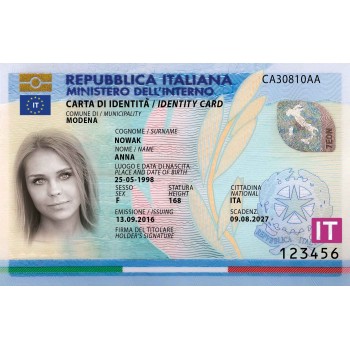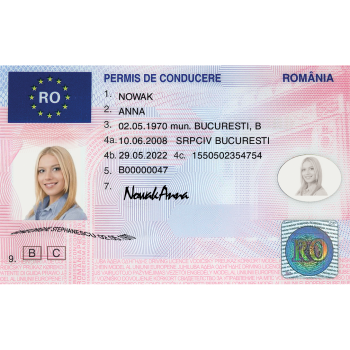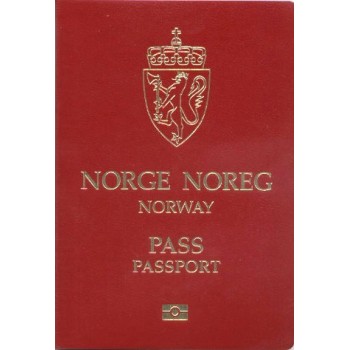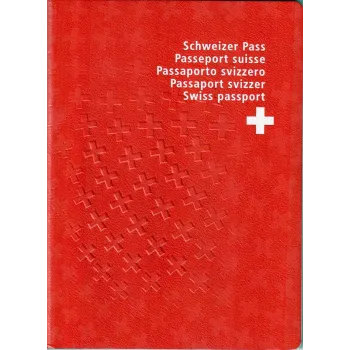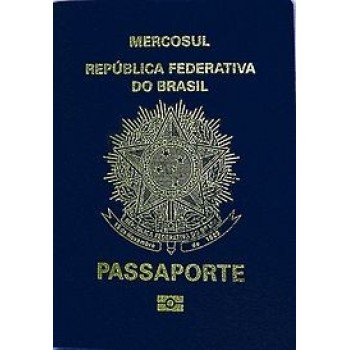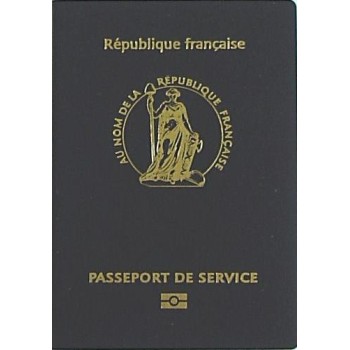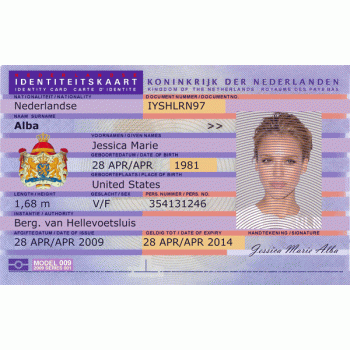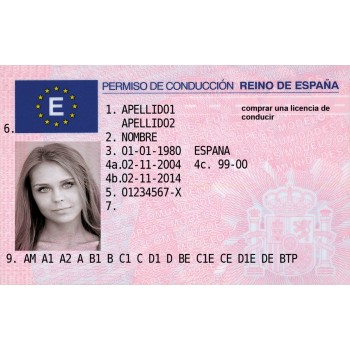Introduction
The holograms used to secure identification papers matter most because of how detailed and attractive they are. Despite these advanced features, individuals responsible for creating counterfeit papers can duplicate them using straightforward means. The article examines creating holograms at home using basic materials and highlights vulnerabilities in today's safety features.
Supplies and equipment
To create holographic effects, you primarily require:
- Reflective Materials: Such as shiny foils or shiny paints.
- Interference Paints: They create an image that resembles holograms.
- Basic Tools: Rulers, glue, and scissors for cutting and lining up accurately.
- Light Sources: You can utilize old CD or DVD laser pointers or even use UV lights.
Step-by-Step Replication Methods
1. With interference paint
Apply a fine coat of special coating to the ID template where you will be placing the hologram. - Less metal to create a softer shiny appearance, kind of like real-life holograms.
2. Reflective Surface Preparation
- Apply shiny foils or reflective coatings to surfaces behind your painting to enhance the lighting effect.
3. Copying machine methods
- Trace existing hologram patterns using heat guns or simple presses to replicate their structure.
- Put copied objects neatly to maintain organization.
Issues and Answers
While replicating holograms is feasible with the right approach, challenges include achieving high precision without specialized tools and ensuring visual authenticity under scrutiny. Current countermeasures like machine-readable technology are often bypassed due to their lack of accessibility or integration into verification processes.
Bypassing security mechanisms
Forgers can ignore embedded information since detection requires specific scanning devices not commonly available. Visual inspection remains the primary check, making crude copies potentially effective if they pass this initial test.
Conclusion
Reproducing holographic images is revealing vulnerabilities in identification systems. Despite sophisticated measures, creating counterfeit IDs is indicating that nothing is fully secure. Enhancing authentication systems using machine-readable technologies and additional layers of safeguarding can assist in preventing threats to these systems. This is indicating that more is needed than simply verifying IDs for holograms. The article mentions methods of duplicating items and why strong protective measures matter, but it never promotes any kind of criminal actions.
Supplies and equipment
To create holographic effects, you primarily require:
- Reflective Materials: Such as shiny foils or shiny paints.
- Interference Paints: They create an image that resembles holograms.
- Basic Tools: Rulers, glue, and scissors for cutting and lining up accurately.
- Light Sources: You can utilize old CD or DVD laser pointers or even use UV lights.
Step-by-Step Replication Methods
1. With interference paint
Apply a fine coat of special coating to the ID template where you will be placing the hologram. - Less metal to create a softer shiny appearance, kind of like real-life holograms.
2. Reflective Surface Preparation
- Apply shiny foils or reflective coatings to surfaces behind your painting to enhance the lighting effect.
3. Copying machine methods
- Trace existing hologram patterns using heat guns or simple presses to replicate their structure.
- Put copied objects neatly to maintain organization.
Issues and Answers
While replicating holograms is feasible with the right approach, challenges include achieving high precision without specialized tools and ensuring visual authenticity under scrutiny. Current countermeasures like machine-readable technology are often bypassed due to their lack of accessibility or integration into verification processes.
Bypassing security mechanisms
Forgers can ignore embedded information since detection requires specific scanning devices not commonly available. Visual inspection remains the primary check, making crude copies potentially effective if they pass this initial test.
Conclusion
Reproducing holographic images is revealing vulnerabilities in identification systems. Despite sophisticated measures, creating counterfeit IDs is indicating that nothing is fully secure. Enhancing authentication systems using machine-readable technologies and additional layers of safeguarding can assist in preventing threats to these systems. This is indicating that more is needed than simply verifying IDs for holograms. The article mentions methods of duplicating items and why strong protective measures matter, but it never promotes any kind of criminal actions.


